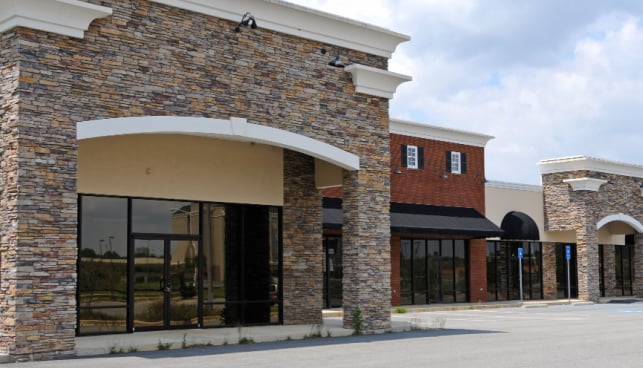
Brokers and shopping center developers who want to save time and close deals (faster) trust SiteSeer to help them do their jobs better! One of our most exciting features for our real estate clients is Retail Match, which works in tandem with Void Analysis. Not familiar with Retail Match? Here are some FAQs about this powerful SiteSeer feature and how it works:
What exactly is Retail Match?
Retail Match is a tool that allows you to search millions of retail locations and their trade area profiles to find those that best match your site.
How is Retail Match different than Void Analysis?
Void Analysis is SiteSeer’s real estate analytics tool that can be used by itself or inside the SiteSeer platform. You enter an address and a few details about your site like the site’s square footage and any shopping center co-tenants/anchors. Then, you run the Void Analysis report, which lists chain businesses with site selection profiles that match the attributes of your site or shopping center. Retail Match identifies individual retail locations of a chain that are most similar to your specific site. So, Retail Match is a great addition to Void Analysis. If Void Analysis shows that Lifetime Fitness is a good match for your shopping center, you can use Retail Match to learn what existing Lifetime Fitness locations are most like your site.
What information does a Retail Match report provide?
When you run a Retail Match model on a chain, you’ll get a list of individual locations with corresponding Match Scores (a range from 0-100). When running Retail Match in the Models tab, you can quickly find the top 10 matches based on your criteria. You can also view the corresponding Retail Match Report within the Reports Tab. The report will provide additional information, such as the store’s address, distance, and direction from your site, but it also allows you to view the matches beyond the top 10.
What is a Match Score?
Both Void Analysis and Retail Match analyze a site’s attributes and a chain’s existing locations and compare them to come up with a numeric value called a Match Score. On the Retail Match report, the higher the Match Score, the more similar your site is to the individual location of that chain.
What kinds of attributes is Match Score Looking at?
To generate a list of tenants (ranked by their Match Score), Void Analysis uses the information you enter about a site (like square footage and anchor or co-tenants in the shopping center) plus data about the trade area around your site (which comes from our third-party data sources). That includes demographic data (like population, age, density, income, and education level) and psychographic data (consumer behavior). Retail Match uses the same algorithm as Void Analysis to provide a Match Score of a specific chain’s existing individual locations (like the Lifetime Fitness example mentioned above).
How is Retail Match useful to brokers or developers recruiting tenants?
When you’re trying to attract quality tenants, the key is to provide them detailed information that will pique their interest. While they might appreciate having demographic information, if you really want to convince them to take a second look at your site, you must show them how your space matches their requirements. Void Analysis provides a lot of great information to include in a site packet, but Retail Match goes even deeper. You can show a retail or other chain how location(s) they already have are similar to your site.
Want to see how Retail Match works? Contact us for a demo today. We’ll show you how to put SiteSeer’s Void Analysis, Retail Match and other real estate tools to use, which will help you find the best tenants and close deals faster in 2024.


